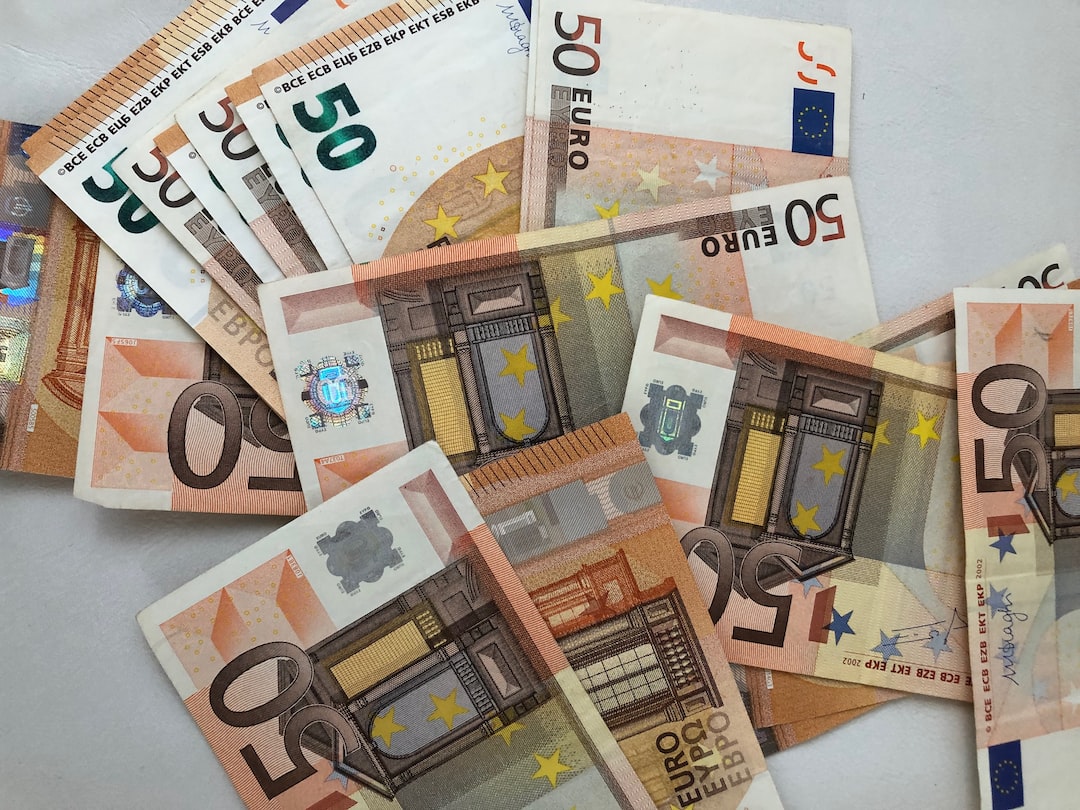Forex, or foreign exchange, is the largest financial market in the world, with over $5 trillion traded every day. Forex trading involves buying and selling currencies in an attempt to profit from the fluctuations in exchange rates. In the past, forex trading was only accessible to large financial institutions and wealthy individuals. However, with the advent of online trading platforms, anyone can now trade directly on the forex exchange market.
Here are the steps to follow to trade directly on the forex exchange market:
1. Choose a reputable forex broker: The first step in trading forex is to choose a reliable and trustworthy forex broker. A forex broker is a financial institution that facilitates the buying and selling of currencies. There are many forex brokers available online, but it’s essential to choose one that is regulated by a reputable financial authority, such as the Financial Conduct Authority (FCA) in the UK or the National Futures Association (NFA) in the US.
2. Open a forex trading account: Once you’ve chosen a forex broker, the next step is to open a trading account. Most forex brokers offer different types of accounts, such as standard, mini, or micro accounts, depending on your trading experience and the amount of capital you have to invest. You’ll need to provide personal and financial information, such as your name, address, and bank details, to open an account.
3. Fund your trading account: To start trading forex, you’ll need to deposit funds into your trading account. Most forex brokers accept various payment methods, such as credit cards, bank transfers, or e-wallets. You can start with a small amount of capital, such as $100 or $500, and increase it as you gain more experience and confidence.
4. Choose your trading platform: A forex trading platform is a software application that allows you to access the forex market and execute trades. Most forex brokers offer their proprietary trading platforms, such as MetaTrader 4 or 5, or web-based platforms that can be accessed from any device with an internet connection. You can also download mobile trading apps to trade on the go.
5. Analyze the market: Before placing a trade, you need to analyze the market and identify potential trading opportunities. There are two main types of analysis: fundamental and technical analysis. Fundamental analysis involves analyzing economic and political events that can affect currency prices, such as interest rate decisions, GDP reports, or geopolitical tensions. Technical analysis involves studying charts and indicators to identify patterns and trends in price movements.
6. Place your trade: Once you’ve decided on a trading strategy, you can place your trade on the forex market. There are two types of orders: a market order and a limit order. A market order is executed at the current market price, while a limit order is executed at a specific price level that you set in advance. You can also set stop-loss and take-profit orders to manage your risk and potential profits.
7. Monitor and manage your trades: After placing a trade, you need to monitor it and manage your risk. Forex trading involves a high degree of volatility and uncertainty, so it’s essential to have a risk management plan in place. You can use stop-loss orders to limit your losses and take-profit orders to lock in your profits. You should also monitor economic and political events that can affect your trades and adjust your positions accordingly.
In conclusion, trading directly on the forex exchange market can be a lucrative and exciting way to invest your money. However, it’s essential to choose a reputable forex broker, open a trading account, fund it, choose a trading platform, analyze the market, place your trades, and manage your risk. With the right knowledge, skills, and discipline, you can become a successful forex trader and achieve your financial goals.





